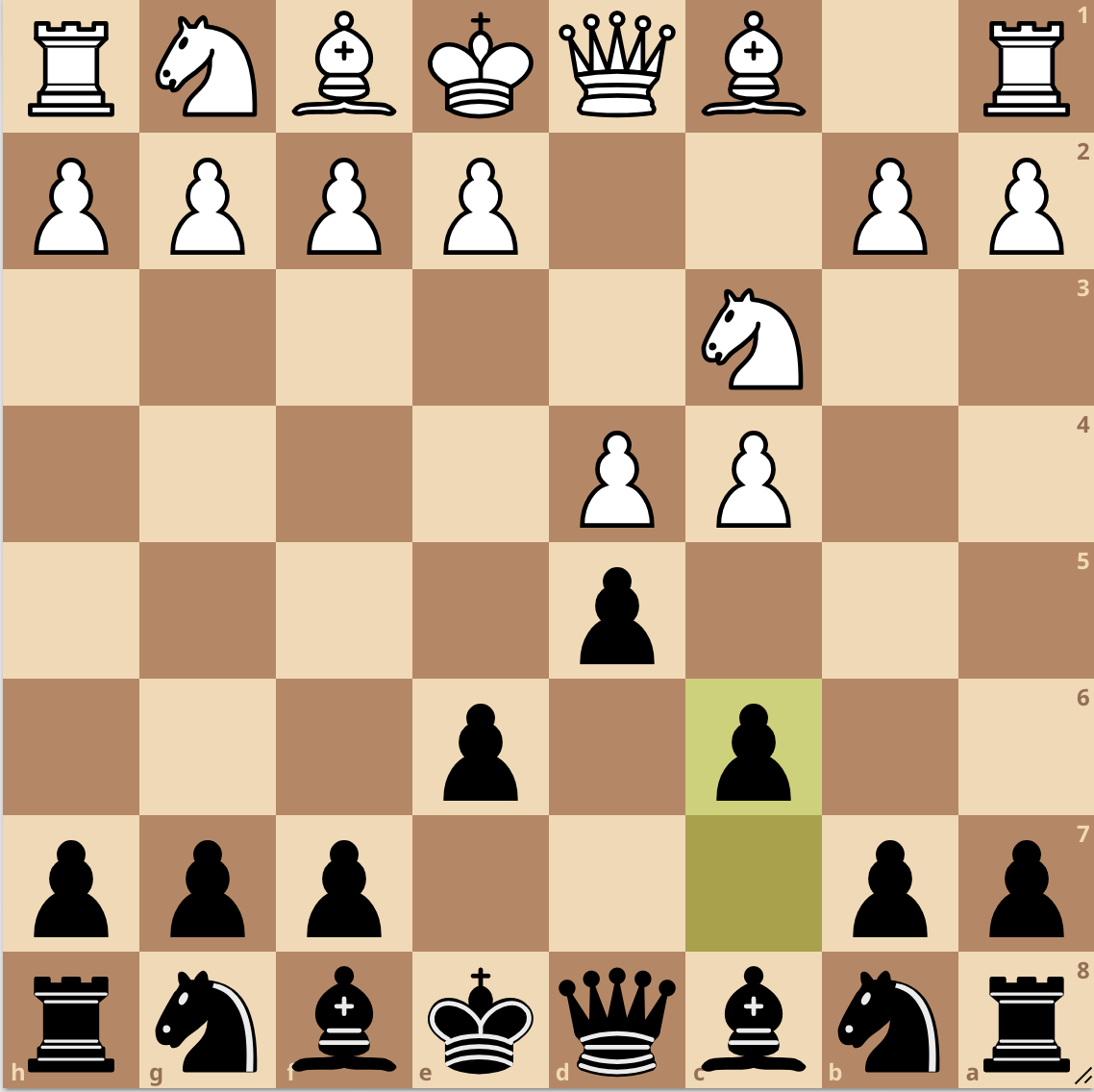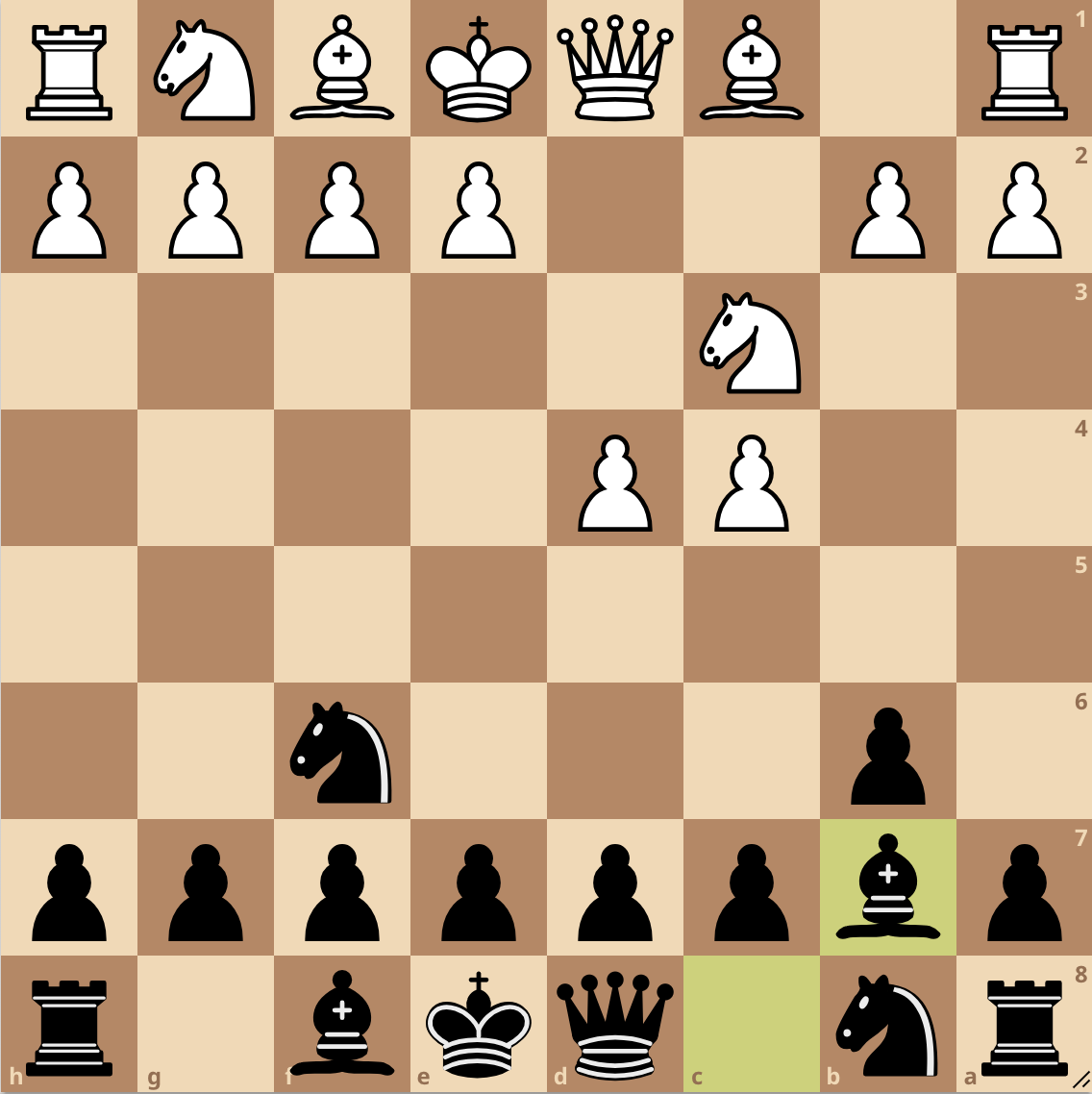I am drawn to a weak form of religious pluralism.
The strong form says, “All paths lead to the same God. All approaches are equally valid. There is no right or wrong way.”
The opposite extreme says, “There is exactly one denomination of one religion which is the correct path to God. All other paths are heretical and wrong.”
I think the truth is somewhere in the middle. Many paths do lead to the same God; many approaches work, but the different paths are not equally true or sophisticated. Some paths you can sprint down; other paths are dangerous and will take you in the opposite direction of truth.
In other words, there are indeed many ways to skin a cat. But there are many more ways to do it wrong. Chess provides us with a great analogy.
There are different schools of thought in chess, different theoretical perspectives. Around a century ago, there was a notable tension between the classical (or “modern”) school and the hypermodern school. On a few critical points, the moderns and the hypermoderns had radically different perspectives.
Perhaps the key disagreement was this: how should you exert influence over the center of the board in the opening? The classical approach says that you should occupy the center with your pawns. Here’s an example of the Queen’s Gambit Declined, where black has responded to 1. d4 with … 1. d5, putting his own pawn right in the center.

The hypermoderns took a different approach. They said the center can be influenced indirectly, from the flanks and from distant pieces. They even invited their opponent to occupy the center, so they could undermine their pawn structure later. Here’s an example of the same opening from white, but a very different approach from black in the Queen’s Indian Defense:

Notice that black has no pawns in the center and is instead exerting influence with his knight and bishop. These are two very different approaches. So who is right?
The answer is: it depends. There is truth in both perspectives. Even though the principles are opposite of one another, they both work when skillfully executed. Right now, it looks like the most advanced chess theory is some hybrid of modern and hypermodern (perhaps the “hyper-hyper-modern”?) Both modern and hypermodern openings are still used today at the highest levels.
Returning to the question of pluralism. It would be an obvious mistake to conclude, “Since the modern and hypermodern openings work, there is no truth in chess! All openings are equally good and valid!”
Just like it would be a mistake to conclude, “There is only one opening that works. All other openings are wrong and lead their users to hell.”
The truth is somewhere in the middle. Many different openings work. In fact, with the usage of AI in chess, openings that were recently considered broken are being resurrected.
Different chess principles and theories can also work, even if they are directly opposed to each other. And yet, despite this degree of pluralism, there are still obviously superior and inferior chess moves. There are openings with objectively higher levels of success than others.
There really is truth to be discovered in chess. These truths might eventually be synthesized into the One True Theory, which explains the nuances of why the classical and hypermodern openings work and when they don’t. Some day, we might even have powerful enough technology to solve chess and tell us, once and for all, whether White can force mate from the opening, or whether perfect play ends in a draw.
But chances are, for the foreseeable future, we are not going to have the One True Chess Theory. We’re instead stuck with lesser theories which vary in their level of sophistication.
So it is, I claim, with philosophical, religious, and scientific theories. A weak form of pluralism is the right approach to capture the most truths.